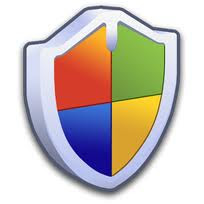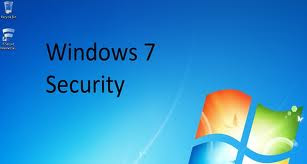
The Windows 7 Security Center, a built-in security suite, displays alerts and notifications on the System Tray located on the taskbar if a component is not functioning well or important information is available. These alerts include Windows updates, anti-virus failures and firewall status. If you prefer to check for Security Center alerts on your own, remove the automatic Security Center alerts by disabling the function. This will not interfere with security components.
Instructions
Click the "Start" menu, click "Control Panel," click "System and Security," then click "Action Center."
Select the "Change Action Center Settings" option. You should see the "Turn messages on or off" page.
Uncheck the options as desired under "Security Messages." For example, click the "Virus Protection" check box to clear the check mark if you do not want to receive virus protection status alerts.
Click "OK" to save the changes. You should no longer see security alerts on the System Tray on the taskbar.
Read more: http://goo.gl/PGWvY
